How to Debunk Misinformation about COVID, Vaccines and Masks
I have spent much of my career studying ways to blunt the effects of disinformation and help the public make sense of the complexities of politics and science. When my colleagues and I probed the relation between the consumption of misinformation and the embrace, or dismissal, of protective behaviors that will ultimately stop the coronavirus’s spread, the results were clear: Those who believe false ideas and conspiracy theories about COVID-19 and vaccines are less likely to engage in mask wearing, social distancing, hand washing and vaccination.
In the midst of a raging pandemic, the importance of science communication is indisputable. Mention “science communication,” though, and what comes to mind in this context are public service announcements touting the 3 Ws (Wear a mask, Watch your distance, Wash your hands) or the FAQ pages of the Centers for Disease Control and Prevention. Ask someone what “science communicator” evokes, and responses might include a family physician and experts such as Anthony S. Fauci, director of the National Institute of Allergy and Infectious Diseases, and CNN’s Sanjay Gupta, who appear so regularly on our screens that we think of them as friends. But Fauci isn’t on your family Zoom call when a cousin mistakenly asserts that the CDC has found that wearing a mask makes you more likely to get COVID-19. Nor is Gupta at the ready when your friend’s daughter wonders whether the COVID vaccine contains microchips designed to track us.
It matters how we respond in these moments. As Cailin O’Connor and James Owen Weatherall wrote in this magazine in 2019, the “social transmission of knowledge is at the heart of culture and science.” In a large-scale online social network experiment conducted in 2018, Doug Guilbeault and Damon Centola, both then at the University of Pennsylvania’s Annenberg School for Communication, confirmed that power. When smokers and nonsmokers collaboratively evaluated antismoking messages, the smokers were more likely to acknowledge the harms of tobacco use than the smokers who evaluated the messages on their own. Similarly Sally Chan and Dolores Albarracin of the University of Illinois at Urbana-Champaign and I found that the level of Twitter chatter from November 2018 through February 2019 about “vaccine fraud” in the counties of our roughly 3,000 panelists were associated with negative attitudes and lower rates of flu vaccination among them later in the year. But those worrisome effects did not occur among people who reported discussing vaccines with family and friends.
Indeed, a sibling or a friend online or next door is in some ways better able to underscore the importance of behaviors such as masking and physical distancing than public health agencies or experts such as Fauci. It’s not only that we trust information from knowledgeable people who are close to us but that those in our lives can find opportune moments to explain why preventive behaviors are important to them and why they trust the science that says those actions reduce the spread of the virus. A neighbor or a friend can respond with messages tailored to a person’s interests and concerns. In addition to correcting misconceptions in real time, a confidant can create an environment inhospitable to misinformation in the first place. Finally, and critically, deception and debunking usually occur in different venues: those who are exposed to misconceptions rarely encounter the fact-checks.
Equipped with a few tools, we can each become part of a larger misinformation-fighting system—as I like to call it, a science defense system. To see the power of such a role, consider the limitations of the first line of defense against online deception: the willingness of platforms to block it. Even when this happens, there is a lag between the appearance of harmful content, its detection and its removal. Take the 26-minute viral video “Plandemic” that appeared online last May. Despite efforts by the major platforms to remove it, within weeks that video managed to reach millions with dangerously false claims (example: certain flu vaccines contain the coronavirus, and wearing a mask activates it). Like a game of Whac-A-Mole, when one platform bans a piece of content, the purveyors of deception simply repost it on another one or share it in invitation-only corners of a platform or in private groups. Last March even as Facebook was clamping down on misinformation and conspiracy theories about COVID, a Politico report on thousands of posts found that the supposedly interdicted content was still on the platform, surviving and spreading harm.
Fact-checking organizations such as PolitiFact and FactCheck.org (which I co-founded in 2003) provide a second barrier in the science defense system. Facebook surfaces the work of many of these groups when a user searches for content that has been flagged for containing misinformation. In a 2015 study, Leticia Bode and Emily K. Vraga, both then at the University of Wisconsin–Madison, found that this kind of corrective juxtapositioning can reduce users’ misperceptions. Later, in a 2018 study, Bode and Vraga found that corrections offered by someone’s contacts on a simulated social media platform also reduced misperceptions. That conclusion led them to recommend that when it comes to emerging health issues, knowledgeable people online should employ material from appropriate health sources to “refute false or misleading health information clearly, simply, and with evidence.” A team of medical doctors at CriticaScience is pioneering this form of online engagement. With support from the Robert Wood Johnson Foundation, my FactCheck.org colleagues and I are seeking to develop new ways to arm the public against COVID-related deception.
When misinformation circumvents blocking, fact-checking and response by online interlocutors—as it too often does—the last line of defense is real-world relationships: family, friends and office buddies. Enlisting in a science defense system requires a commitment to make health-promoting practices the norm in one’s community, a willingness to bookmark and turn to public health and fact-checking sites for knowledge about COVID and vaccination, a few premises about the nature and limits of scientific claims, a set of realistic goals, and a strategy for depoliticizing the science if the situation requires it.
Every layer in the model—blocking on platforms, fact-checking, online engagement and creation of a science-friendly community—has limitations. Each additional layer of defense, however, slows the advance of deceptions that, to appropriate a truism, will otherwise get halfway around the world before the truth gets its boots on. And in the case of COVID-19, there are at least two areas where the benefits are so great that they are worthy of concentrated attention: masking and vaccination.
1 Find—and Bookmark—the Facts That Matter
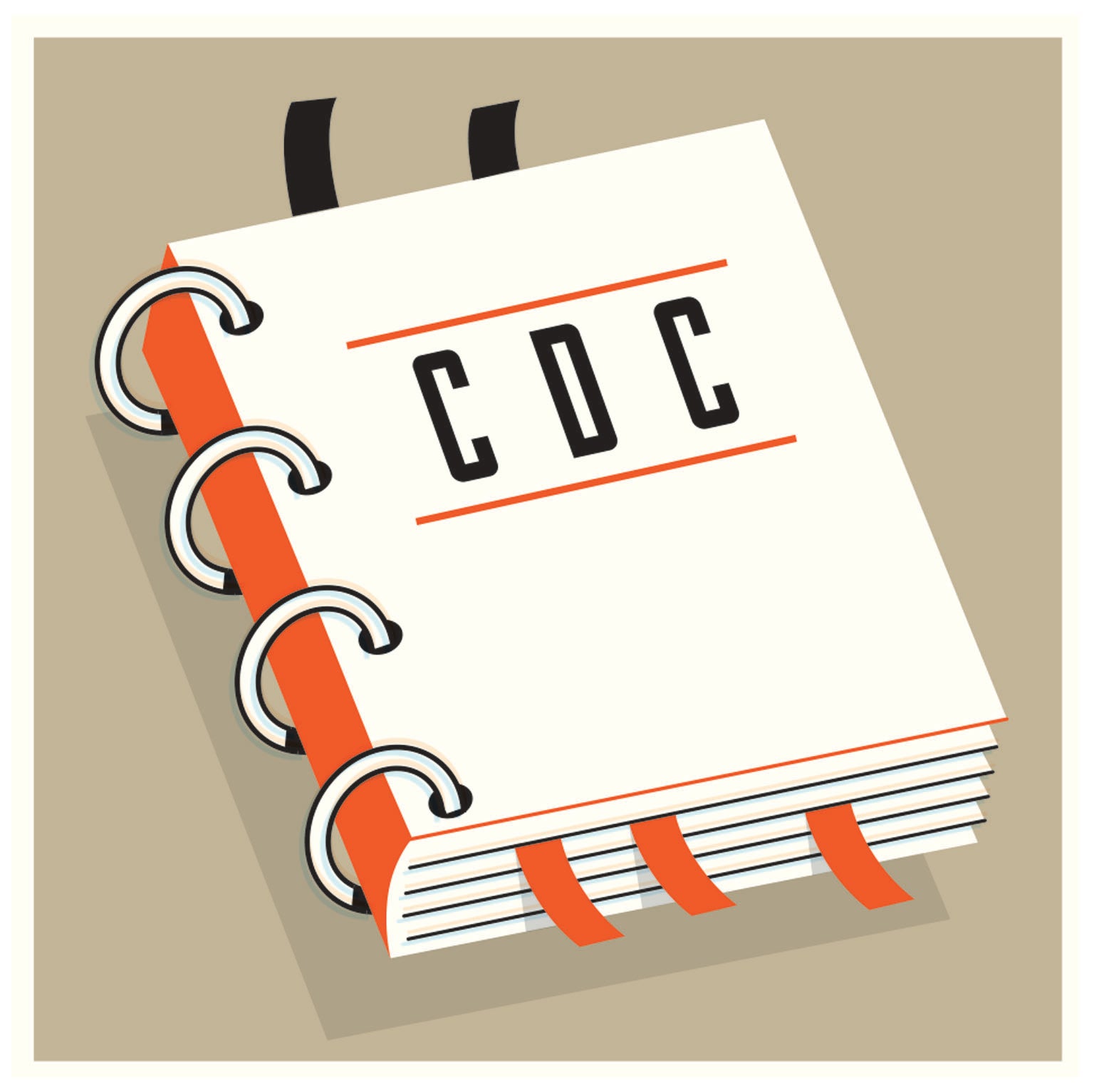
We trust experts to provide us with information that we can’t gather for ourselves. If you trust that the FDA’s list of the ingredients in the Pfizer/BioNTech COVID-19 vaccine is accurate (a list you can find in the FDA’s scope of authorization letter on the agency’s site), then that trust and knowledge buffer you from the allegation that the shot injects nano-tracking devices into your arm.
A key question, of course, is: How trustworthy do most U.S. adults consider those who certify health science? The answer, from a New York Times/Siena College poll conducted last June, contains both bad and good news. Ninety percent of Democrats trust medical experts, but only 75 percent of Republicans do, which means that appeals to experts such as Fauci and entities such as the FDA will have trouble gaining traction with one out of four GOP loyalists. Yet even in these polarized times, a majority of Americans—84 percent of the U.S. population—say they trust medical scientists, and 77 percent say the same about the CDC.
To get started on stocking a science defense tool kit, then, bookmark the CDC’s page addressing frequently asked questions about COVID-19. Do the same for reliable fact-checking groups such as the Associated Press, Reuters, USA Today, the Washington Post, PolitiFact, and FactCheck.org. To assess their usefulness, try this scenario: Imagine a friend says that a CDC study found that masks are ineffective and wonders whether Donald Trump got it right when he told a town hall audience that a study found that “85 percent of the people that wear masks catch” the virus. The first thing the search reveals is that all the major fact-checkers independently arrived at the same answer to your question. From the Associated Press: “Posts misrepresent CDC study examining mask use”; from USA Today: “Fact check: CDC report doesn’t show mask-wearers are more likely to contract COVID-19”; from Reuters: “Fact check: Misrepresented CDC study about community exposure to the new coronavirus.” Want to see whether the fact-checkers got the study right? The Reuters and FactCheck.org articles each contain a link to the original CDC study.
The fact-checkers all agree that in the study in question, those who got COVID-19 and those who didn’t were equally likely to report mask wearing. Those who were infected, however, were more likely to have eaten in a restaurant or to say that they had been within six feet of a person infected with COVID-19. Because our meta-analysis of studies focused on debunking misinformation showed that detailed explanations can be effective, these kinds of specifics should increase the persuasive power of a correction. In other words, a corrective should point out that the maskers in that study who became infected were more likely to have engaged in behavior that increased their risk. You can’t put food in your mouth while wearing a mask, and in the presence of an infected person, masks provide some but not complete protection.
2 Remember That Science Is Messy and Provisional
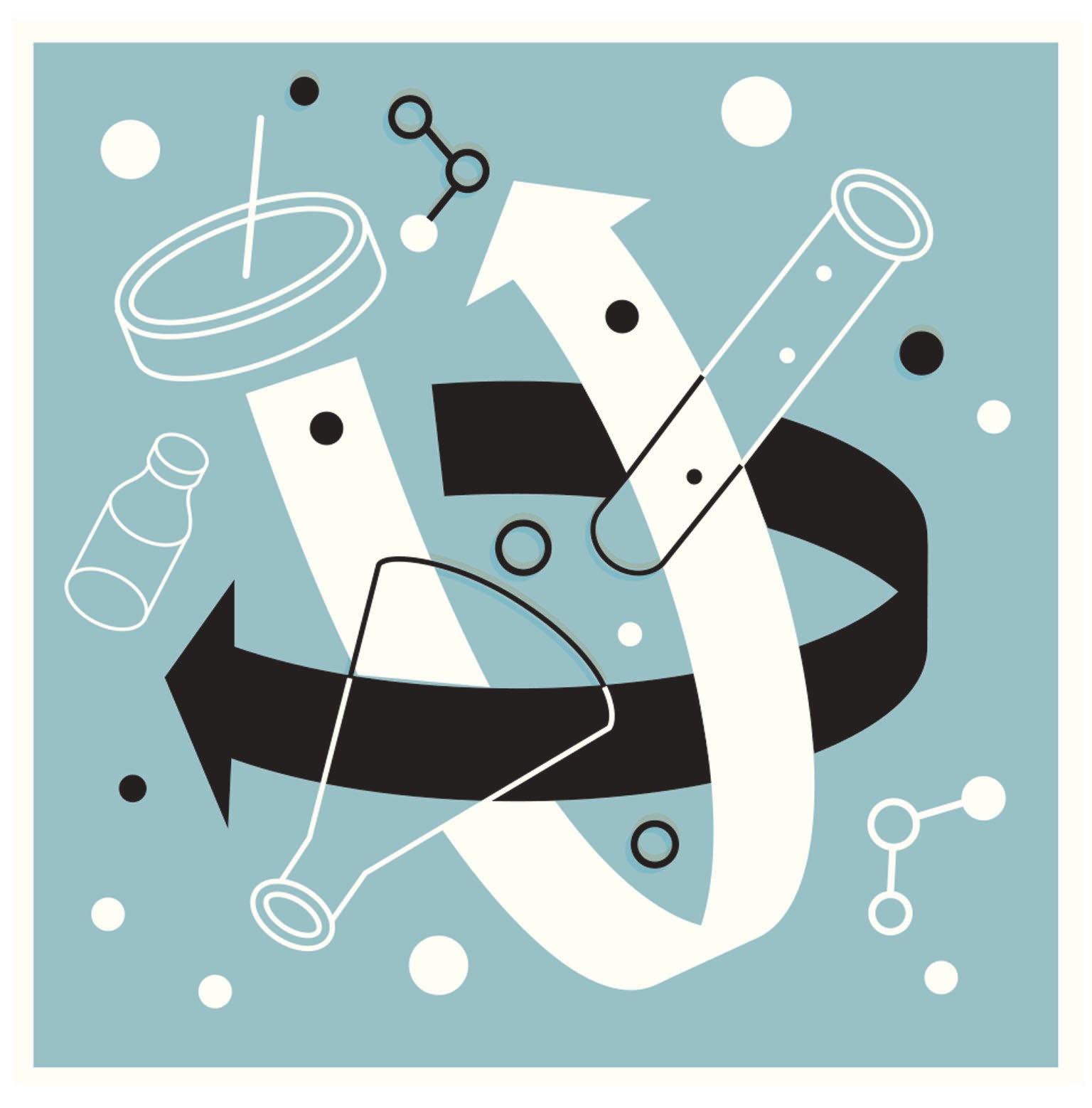
Science is an ongoing search for knowledge that yields caveated insights. Yet scientists and reporters sometimes cause confusion by implying that a scientific finding is beyond dispute or by delivering it in a story line that invites that inference. Our analyses, conducted under a grant from the Rita Allen Foundation, revealed that a typical news account casts a new scientific finding as a linear quest by researchers who surmount challenges as they engage in a journey that culminates in “discovery” and, with it, reliable knowledge. Students of literature will recognize this story structure as a classic quest narrative that generally resolves itself with no loose ends.
In news accounts of scientific discovery, the quest story line is pervasive. Our review of more than 600 articles about science published in major news outlets from 2013 to 2018 found that most of the write-ups ignored the false starts, trial and error, and serendipity that characterize the scientific process. Most also failed to note that unanswered questions remained. But as New York Times science writer Carl Zimmer notes, a scientific article is “never a revelation of absolute truth. At best it’s a status report.”
With the iterative, provisional nature of science in mind, the Washington Post’s FAQ on masks and COVID-19 declares, “Please keep in mind that as the [novel] coronavirus continues to be studied and understood, masking advice may change, and we will update this FAQ accordingly.” Ignoring that insight, some, including Trump, have misinterpreted or misrepresented a statement about masks that Fauci made early last March. “Fauci said, ‘Don’t wear a mask,’ right?” Trump told NBC’s Savannah Guthrie at a town hall last October. “Then he changed his mind.”
A related selectively edited viral video clip showing Fauci saying people “should not be walking around with masks” has been viewed millions of times on Facebook, YouTube and Twitter. Attacks based on that out-of-context quotation fail to recognize that scientific knowledge is always subject to updating as new evidence emerges. Between early March and the April 3 CDC recommendation that everyone wear masks when in contact with people outside their bubble, scientists learned that those experiencing no symptoms could transmit the coronavirus. Not until October was that agency confident that airborne spread was occurring. Complicating the messaging was the fact that early in the pandemic, hospitals experiencing a surge in COVID patients had too few masks to protect their doctors and nurses. Until mask production could be ramped up, there was a need to reserve the N95 respirators and surgical masks for health-care workers and first responders. Fauci made that point as well.
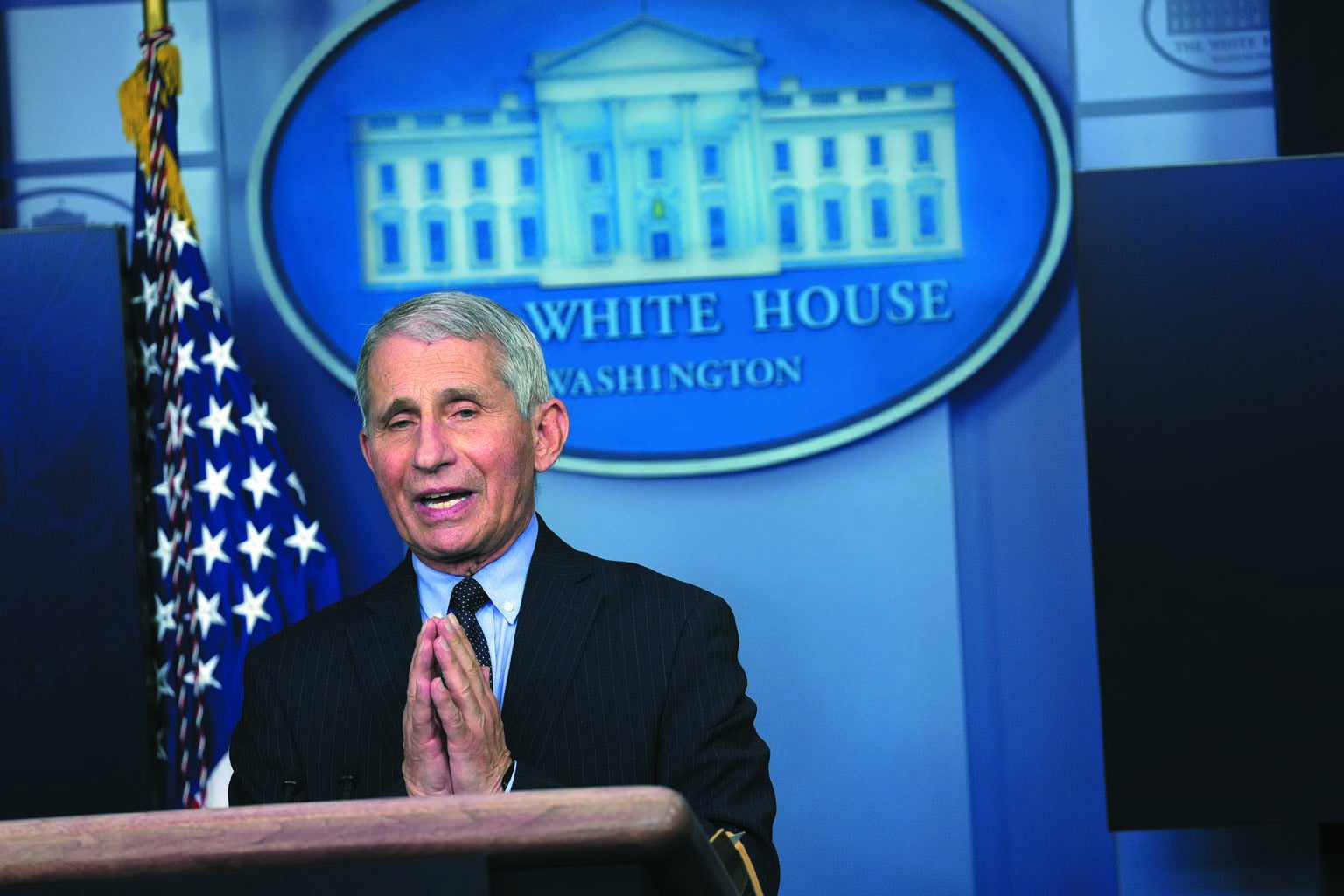
In context, what he told Jon LaPook of 60 Minutes on March 8, 2020, was:
“The masks are important for someone who’s infected to prevent them from infecting someone else…. Right now in the United States, people should not be walking around with masks…. [W]hen you think masks, you should think of health-care providers needing them and people who are ill…. I’m not against it [mask wearing]. If you want to do it, that’s fine.”
LaPook: “But it can lead to a [mask shortage]?”
Fauci: “Exactly, that’s the point. It could lead to a shortage of masks for the people who really need it.”
So when someone in your social circle says that the director of the National Institute of Allergy and Infectious Diseases should not be trusted because he once said, “people should not be walking around with masks,” remind them that, as FactCheck.org has pointed out, when he made that recommendation he was referring to people who weren’t infected, and at the time scientists had not yet confirmed that asymptomatic transmission was happening or that the virus was airborne.
Another reason to bookmark the CDC site is that it provides accurate content, context and caveats. When it comes to facial coverings, the CDC says: “Masks are a simple barrier to help prevent your respiratory droplets from reaching others. Studies show that masks reduce the spray of droplets when worn over the nose and mouth.” Note the words “help” and “reduce.” If a person knows that when scientists say “masks work” they are saying that masks “help prevent” and “reduce” viral spread, they will be less likely to mistakenly conclude that a mask wearer getting infected means that masks do nothing.
Caveats also matter when it comes to vaccination. Rather than categorically declaring that the Pfizer COVID-19 vaccine is safe, the CDC instead reports that the “data [about the FDA-authorized Pfizer-BioNTech COVID-19 vaccine] demonstrate that the known and potential benefits of this vaccine outweigh the known and potential harms of becoming infected with the coronavirus disease 2019 (COVID19).” A small risk: a few of the multitudes being vaccinated have experienced what the CDC characterizes as a severe allergic reaction—that is, one that is treated with epinephrine or an EpiPen on-site or that requires hospitalization. A major benefit: taking two doses of the Pfizer or Moderna vaccine dramatically reduces the chances that the name of the vaccinated person will be added to the list of half a million Americans whose lives have been cut short by COVID-19.
3 Set Norms by Modeling Good Behavior
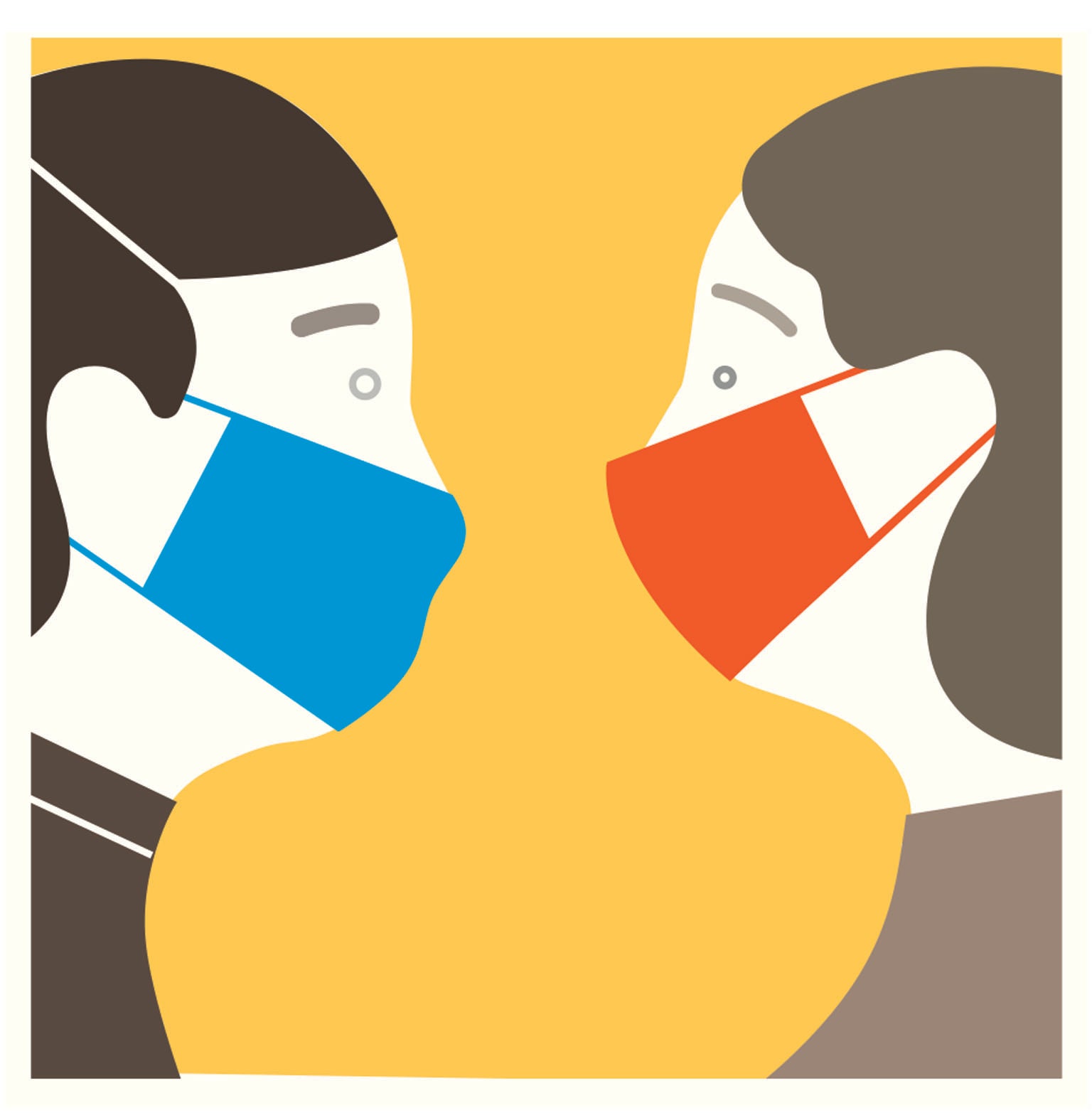
For decades before COVID-19 upended our lives, public health officials, school nurses, family physicians and our parents reminded us that to minimize contagion during cold and flu season, we should frequently wash our hands and stay away from others when coughing or sniffling. Because social norms powerfully shape what we do and because we saw evidence in our lives that these practices reduced transmission of colds and the seasonal flu, we and our families and friends practiced and preached them. As a result of that combination of knowledge and norms, our survey early last March found that even before ubiquitous health messages urged us to do so, almost nine in 10 in the U.S. (87 percent) had responded to word of a new respiratory virus by increasing hand hygiene and keeping a distance from those with respiratory symptoms.
The lesson: By reinforcing and modeling a behavior such as mask wearing, science champions can make it a norm in their social circles. We should also remind ourselves that overwhelming numbers do believe in masking up. A poll that the Kaiser Family Foundation conducted last December found that about three in four U.S. adults report doing so every time they leave home.
4 Depoliticize the Science
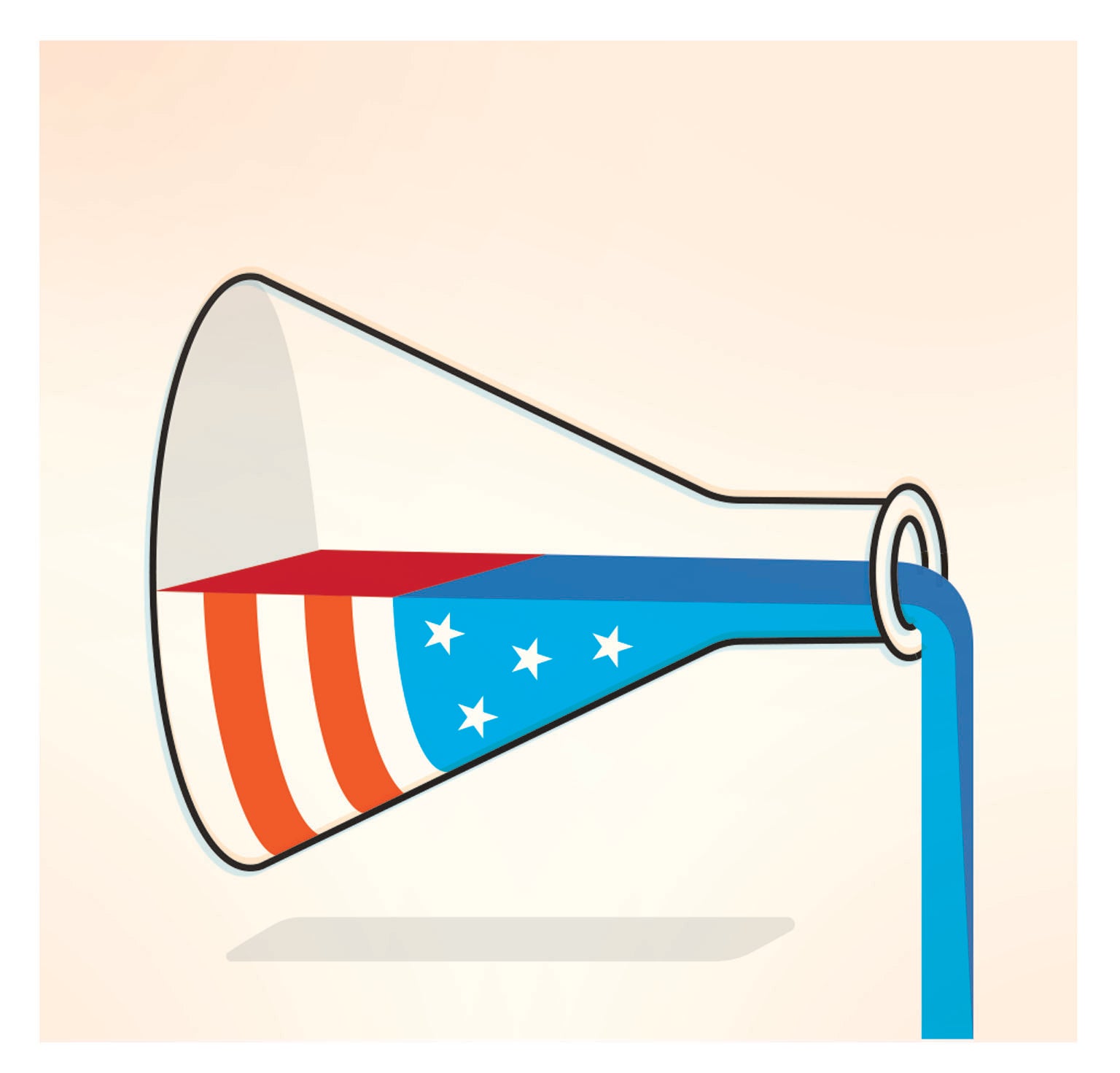
As psychological reactance theory predicts, injunctions are more likely to elicit counterargument than acceptance; as the proverb tells us, you catch more flies with honey than with vinegar. An effective science defender will listen to a person’s reasons for not masking or vaccinating and share counterevidence without questioning their competence, good will or intelligence.
“The Battle Between The Masked And The Masked-Nots Unveils Political Rifts,” an NPR headline noted last May. Because mask avoidance has for some become a sign of commitment to conservative politics, the artful science advocate will marshal instances in which those of like ideological bent have championed the behavior, as former senate majority leader Mitch McConnell of Kentucky did in 2020 and as former New Jersey governor Chris Christie did in an op-ed in the Wall Street Journal, explaining how getting infected with COVID-19 led him to conclude, as the headline said, “I Should Have Worn a Mask.” Conversion narratives like Christie’s or, on the vaccination front, like that of physician Eugenia South (“I’m a Black doctor who didn’t trust the Covid vaccine. Here’s what changed my mind”) can be powerful. My co-authors and I saw that power in action in our study of how people reacted to environmental activist Mark Lynas’s explanation of why he once opposed but now favors genetically modified crops. The people exposed to his conversion account were significantly more likely to change their attitudes about genetically modified crops than those who were presented only with his arguments about their benefits.
5 Consider before You “Like”
When we click a “like” button on social media, we signal that the content is both acceptable and accepted. By sharing, we invest it with our credibility. Not only do the thumbs-up icon and the retweet symbol serve as signals of community approval, but they also invite our friends to join us in reinforcing the sentiments of our in-group. This process of signaling agreement is agnostic about whether it is used to spread science or viral deception (VD).
In a fashion analogous to that of the original VD, venereal disease, viral deception is contagious and socially transmitted. So, as the editors of Scientific American recommended in September 2019, “Before you click ‘like,’ hit ‘pause.’ ” If the message is VD, quarantine it. If the science comes from a reliable source and is consistent with what you see on the Web sites of the CDC or the National Institutes of Health, give it a boost by clicking “send,” “like” and “share.
6 Set Realistic Goals
One of the things that my colleague Joe Cappella and I found in our decade-long study of talk radio was that faithful listeners adopted the arguments and idioms of the hosts who served as their daytime companions. In addition to schooling the members of his audience in ways to support conservatism, the late talk show host Rush Limbaugh reduced their susceptibility to arguments incompatible with that philosophy. His success suggests that a talk show host whose audience is hesitant about protective behaviors or immunization could increase the disposition and capacities of at least some people by using the principles of the science defense system. So, too, could a family member.
Yet no amount of evidence or level of persuasive appeal will sway some people on some topics. For them, information will inevitably be contorted to conform to the demands of group identity. Rather than trying to convince people whose minds are closed, time is better spent focusing on persuading those who are reluctant but not opposed to engaging in preventive behaviors.
That said, people who are undecided about a health behavior may be more receptive to new information than scholars once thought. A study published last year in Nature upended the assumption that those who are undecided about vaccination are disengaged. On the contrary, these people searched Facebook for information. The problem is they were more likely to reach antivaccination than provaccination pages.
7 Make It about Protecting Your Neighbors
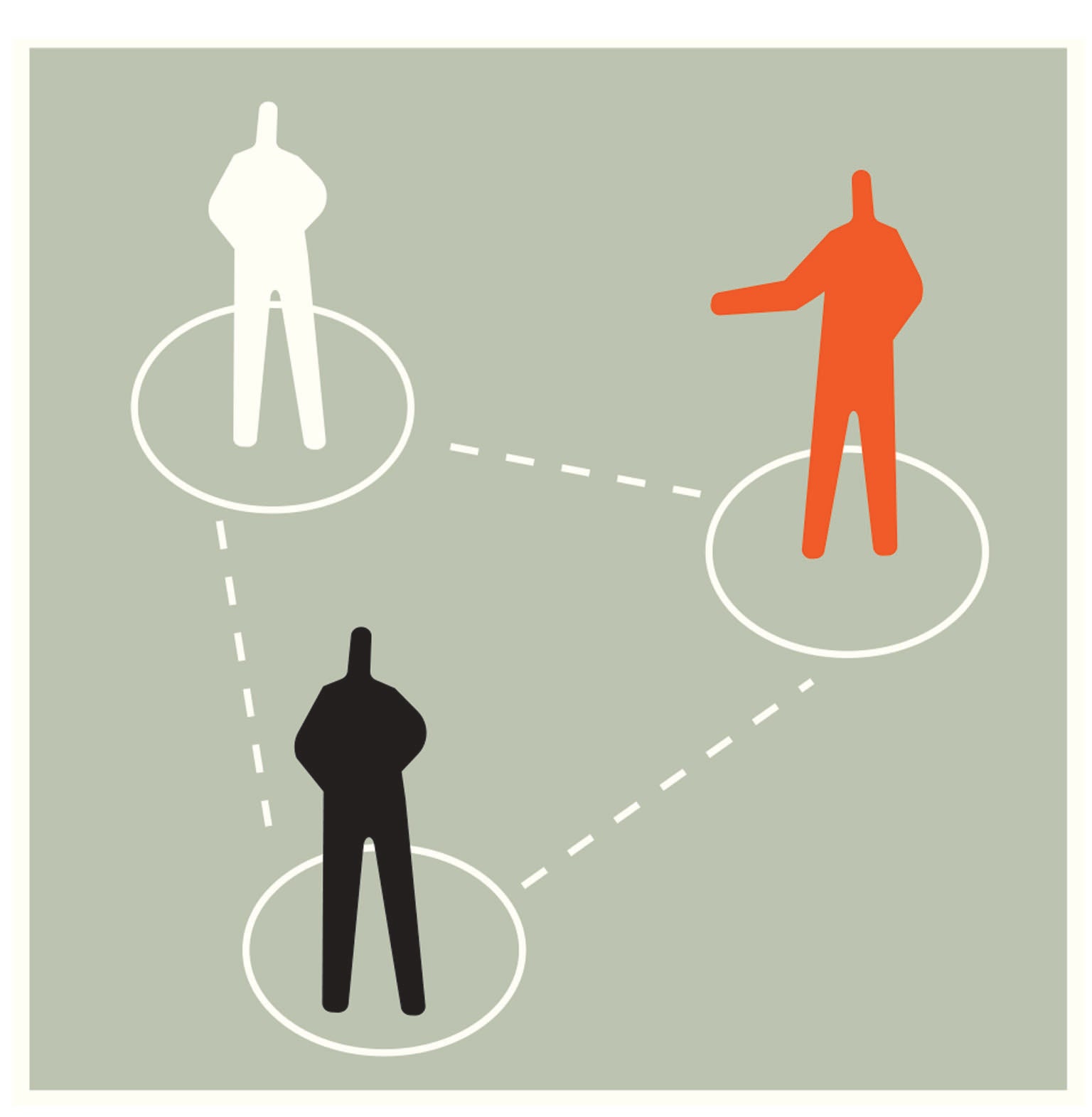
People engaged in defending science in their communities can convey its messages in concrete, local contexts with clear, immediate impact—protecting neighborhood kids, teachers, relatives in assisted living facilities, friends who work at the local hospital or the town pharmacy. If it’s a matter of taking care of the community, even doubters might decide to take preventive measures.
A case in point is Gary Abernathy of Hillsboro, Ohio, who, in a July 2020 Washington Post piece entitled “I’m Not So Sure on Masks. But Here’s Why I Wear One,” reported that he cared “about the peace of mind of my neighbors who hold different attitudes.” At the same time, he reported that he knew that “the Centers for Disease Control and Prevention reported that ‘fear and anxiety about a new disease … can be overwhelming and cause strong emotions in adults and children.’ ” Additionally, he acknowledged the CDC argument that “directives meant to protect people, like social distancing, ‘can make people feel isolated and lonely and can increase stress and anxiety.’ ” That combination of knowledge, understanding and empathy led him to adopt a community norm despite his doubts about the need. “[T]hat’s why,” he explained, “whether required or not, and no matter how distant I am from a COVID-19 hot spot, I’ve been donning a mask when I walk into a busy store where most people are wearing one.” Abernathy’s decisions to mask up last summer and to articulate a rationale for other doubters to do the same qualify him as part of his community’s science defense system. And as Dolores Albarracin and Robert Wyer showed in a 2001 study, doubts aside, engaging in a helpful behavior is likely to increase one’s belief in its value.
8 Aim for Community Immunity
Wrapping a science defense shield around the concentric circles in which we live—our homes; our neighborhoods; the places where we come in contact with others from our community, such as the grocery store, our child’s school, the dentist’s office—is particularly important for encouraging immunization against COVID-19. It is immunity within our community—not at the national or state level—that protects us and our families.
When scientists talk about an immunity threshold—that percentage of the population that needs immunity to prevent spread—they are talking about the level required to protect a community. If a high percentage of people statewide are vaccinated against measles, but that number is low in a specific community within that state, then people living in that place are vulnerable. This was the case in the Somali-American community in Minnesota in 2017, where at the time of a measles outbreak, in one county just 36 percent of Minnesota-born Somali children had been vaccinated against the disease. Instead of thinking of herd immunity, we should dedicate ourselves to achieving immunity within our communities from COVID-19, from measles, from flu—and from viral deception.
By relying on trustworthy sources of scientific information, working from an understanding of how science works, modeling behaviors that prevent the spread of both the coronavirus and viral deception, being realistic about the powers and limits of persuasion, and, where possible, depoliticizing the science, we can play our part in our community’s science defense system. Doing so will increase the chances that others in our circles will adopt COVID-fighting behaviors and urge those in their social spheres to do the same.


